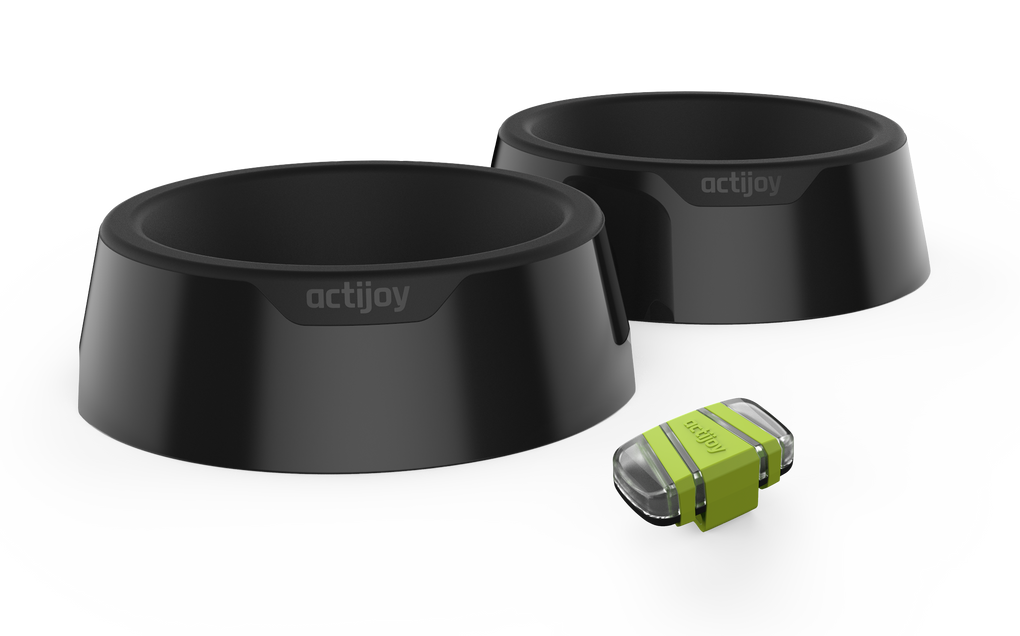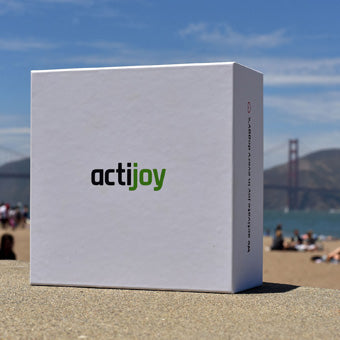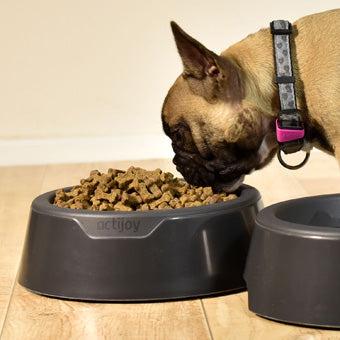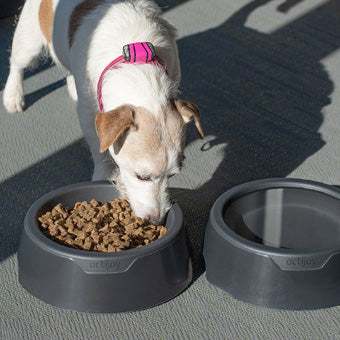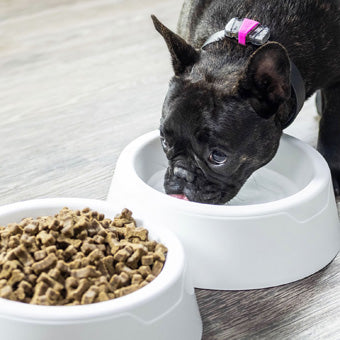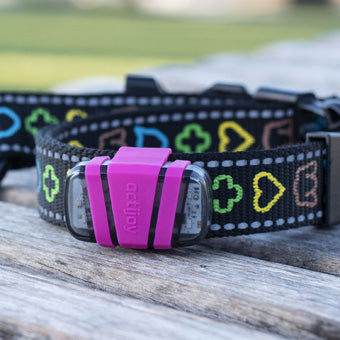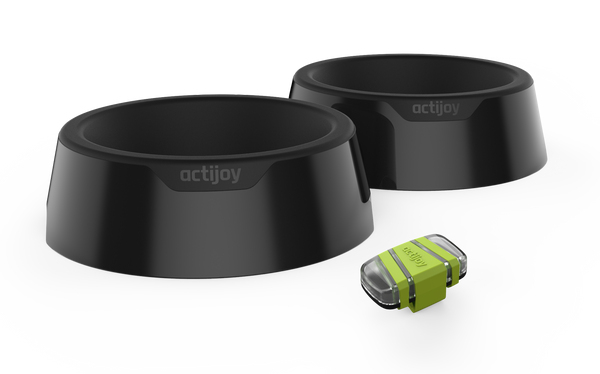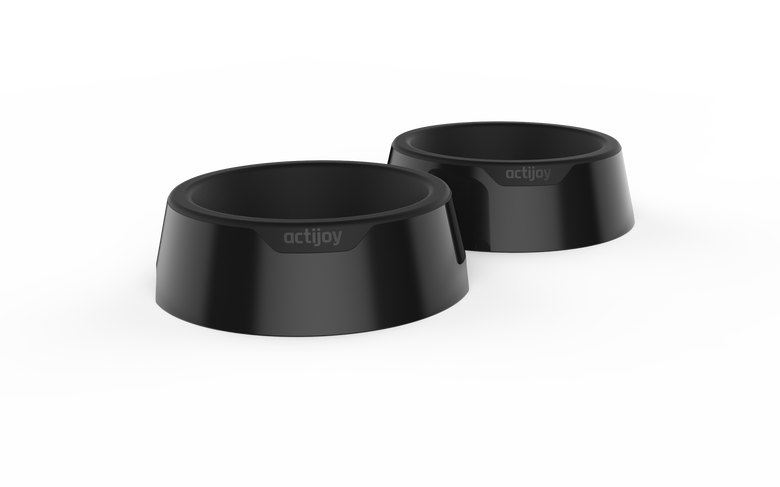How much should I feed my dog?
Imagine that you eat the same way your dog does. Some of us would end up with a full plate constantly in front of us. Other with weird amounts of food given to us at various times of a day. Weird right? Weird indeed.

Many folks will give different answers to this question based on their experience with their dogs. Though the scientific proof related to the feeding aspects in case of dogs need to be given emphasis all through the feeding activities maintained in case of dogs.
There is actually no prescription that lets us know what we have to feed a dog of a given breed, size, and weight. It's essential to understand what a healthy example of your dog's type should look like, and when to tell if he or she is excessively fat or thin. A thin dog should be fed more, and if the condition doesn't change, the dog should be examined by a vet. Fat dogs' dietary patterns have to be analyzed. In case you're free feeding, and your pet is overweight, consider feeding a measured amount each day.
Puppy Feeding
Generally, around six percent of the body weight may be taken as criteria for the amount of food to be given to the puppies. Yet, the amount that is consumed by the dog differs with the size of the dogs also.
Nevertheless, one can have a thumb rule of feeding the puppy goes until you see the noticeable fullness of the belly to a moderate degree. If you continue feeding the animal without the emphasis on the animal’s stomach look, then the dog may experience some types of digestive upsets and diarrhea may happen in them.
This may bring about numerous inconveniences to the owner and the puppy. Unlike adult dogs, the puppies need to be fed with limited amounts of food but in more regularity. And once the dog advances in age, the quantity may be increased to some extent, but the regularity of the feeding is usually decreased in many occasions.
Raw food
A dog on a raw diet could eat only two to four percent of their body weight. Keep observing the feeding pattern of the dog and the animal body condition closely. If the dog grows fat, reduce the amount of food and if the dog grows into skinny, then increase the feeding items.
Feeding senior dogs
As stated earlier, puppies and adolescent dogs consume more food than the adult dogs. Similarly, the geriatric dog eats less than the adult dog because of the reduced movements of the dog. But, remember to limit the quantities of protein throughout the feeding of the aged dogs.
Once you've begun feeding the quantity your base calculations give you, weight your dog once per month. One great strategy for small dogs is to grip your dog and step on the bathroom scale. Then weigh yourself independently and subtract that number from the combined weight. See if or not your pet's weight is going up or down, and adjust feeding amounts properly. Keep in mind, your dog must have a good exercise level to be healthy, so pay consideration on your pet, and not only the numbers!

Proper nutrition and the right amount of exercise are important components of each training. Find out how your doggy is doing thanks to the Actijoy smart dog device. Make your order now.

